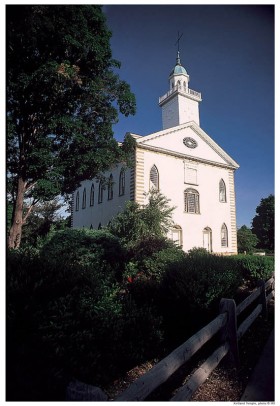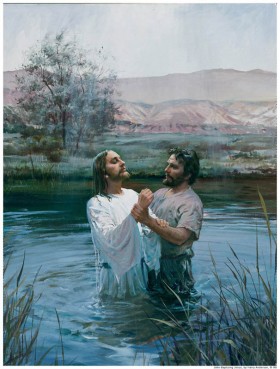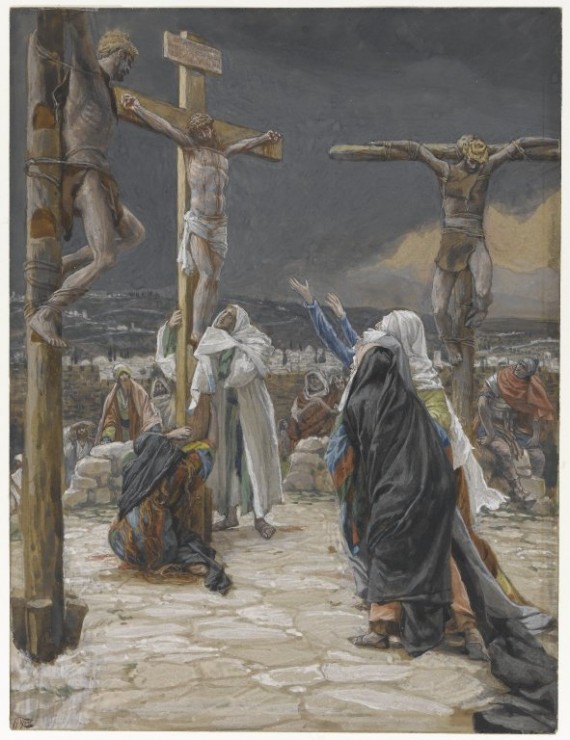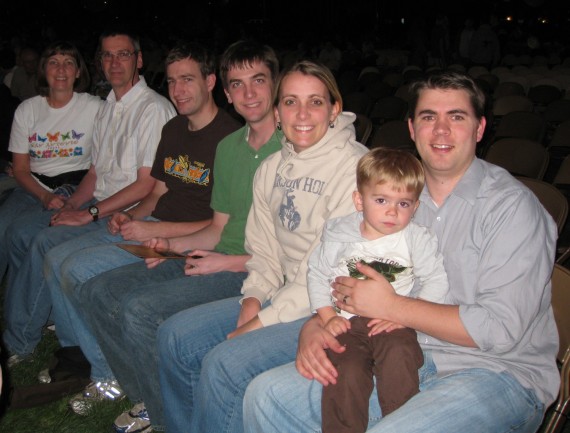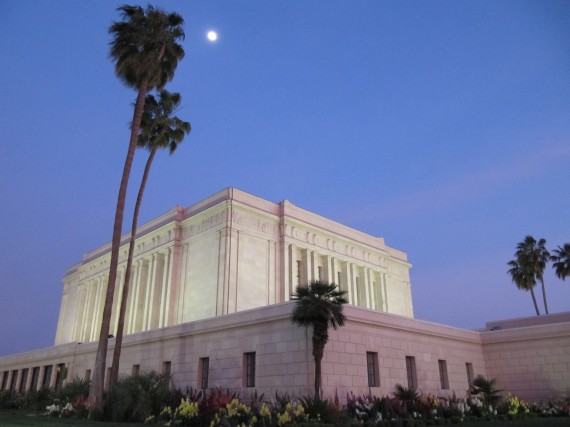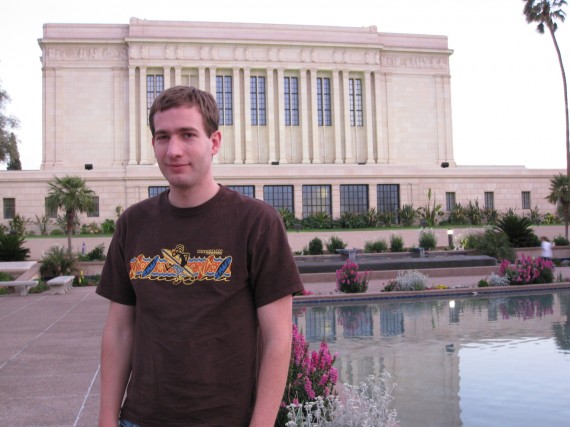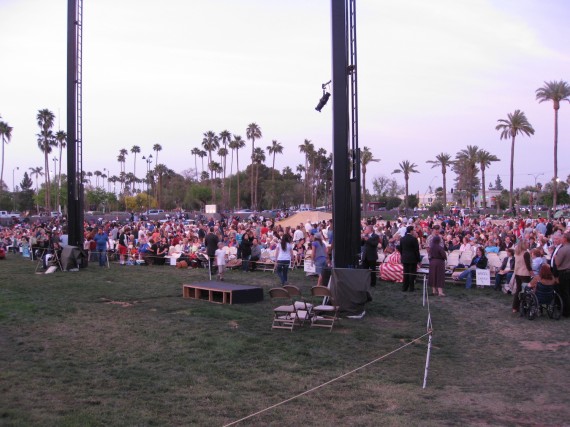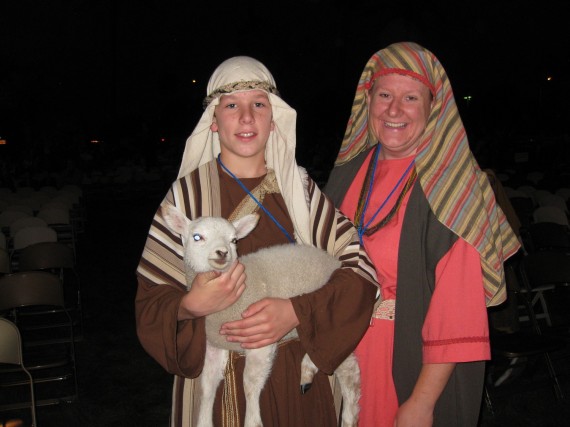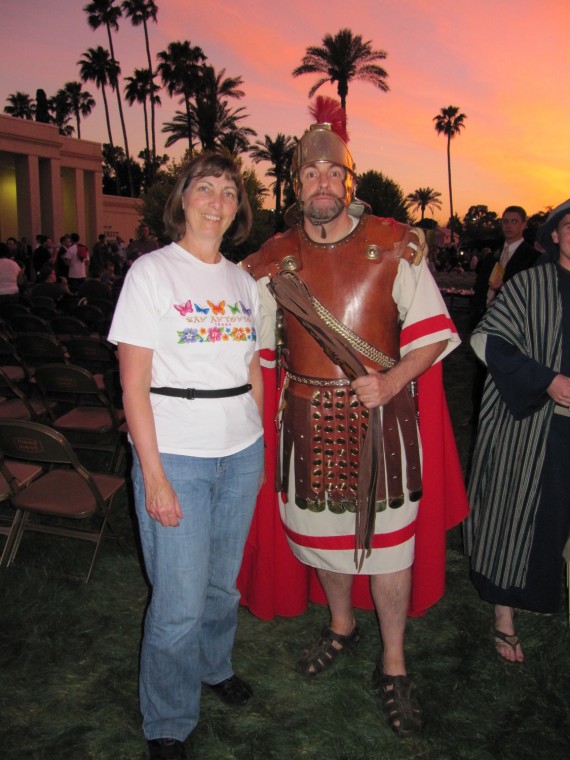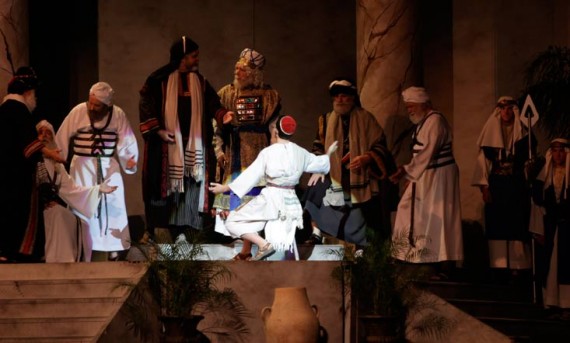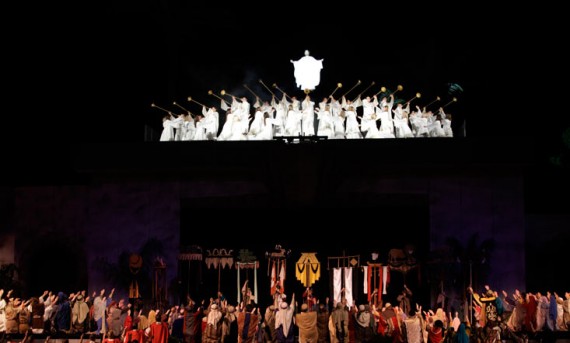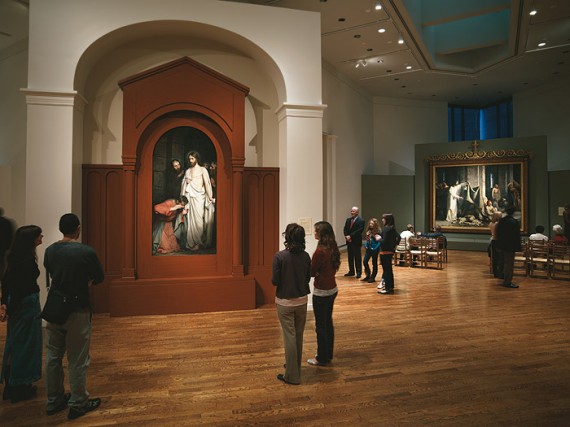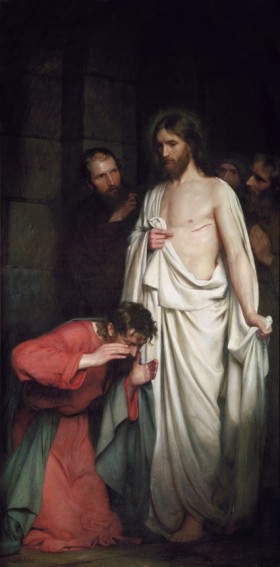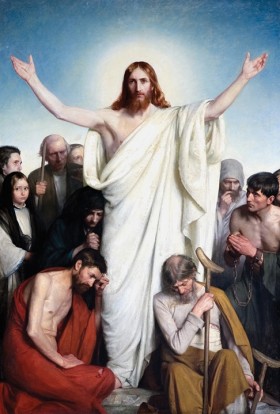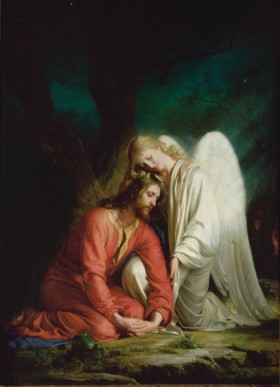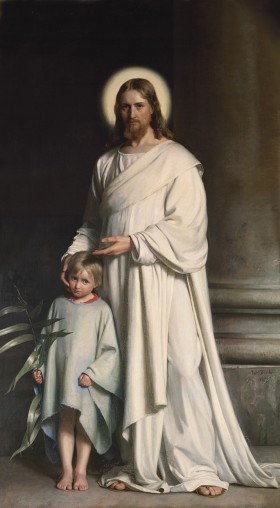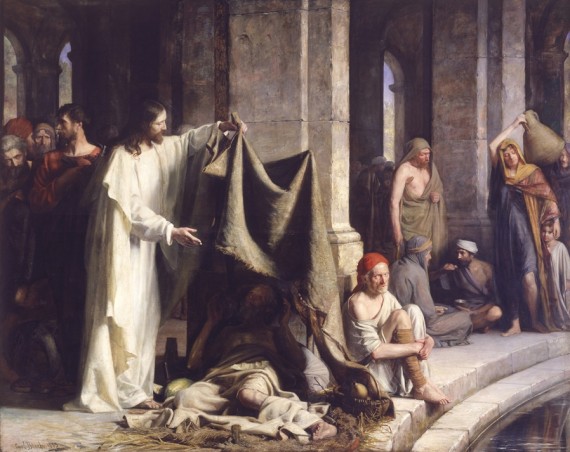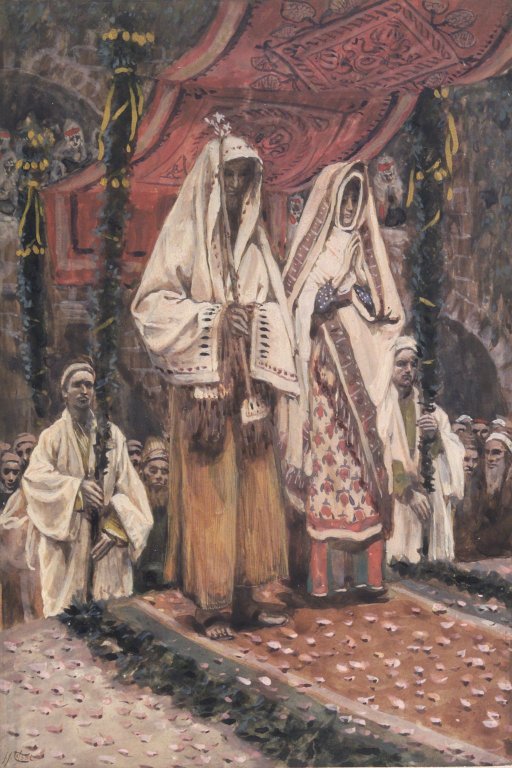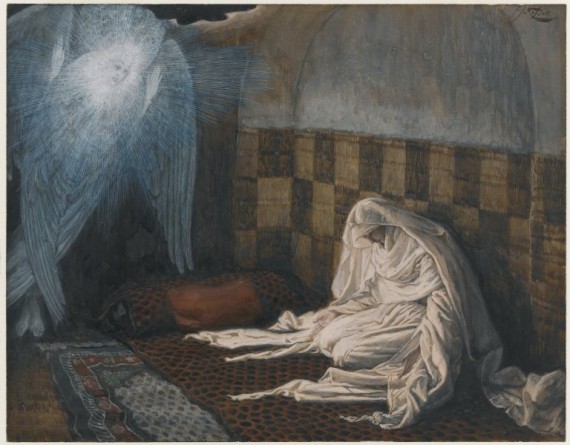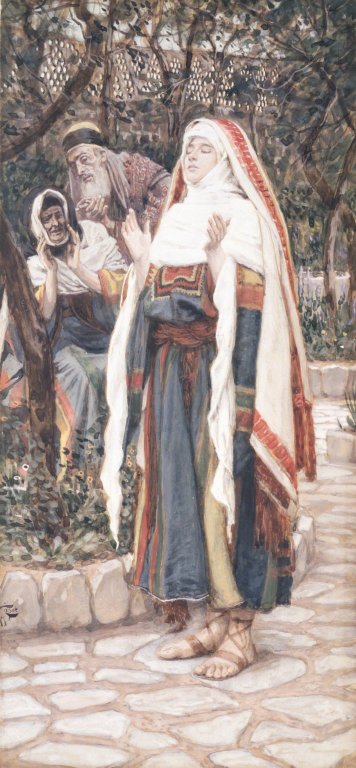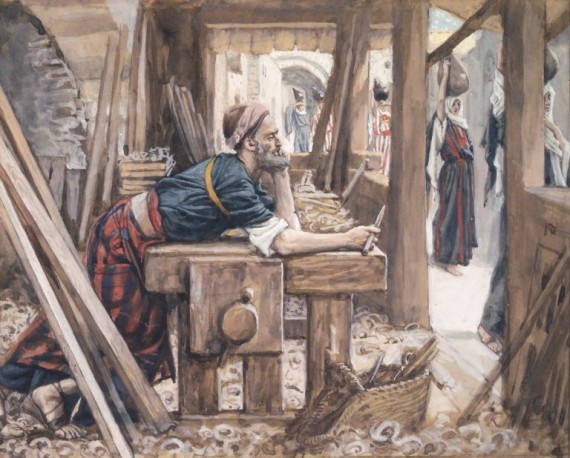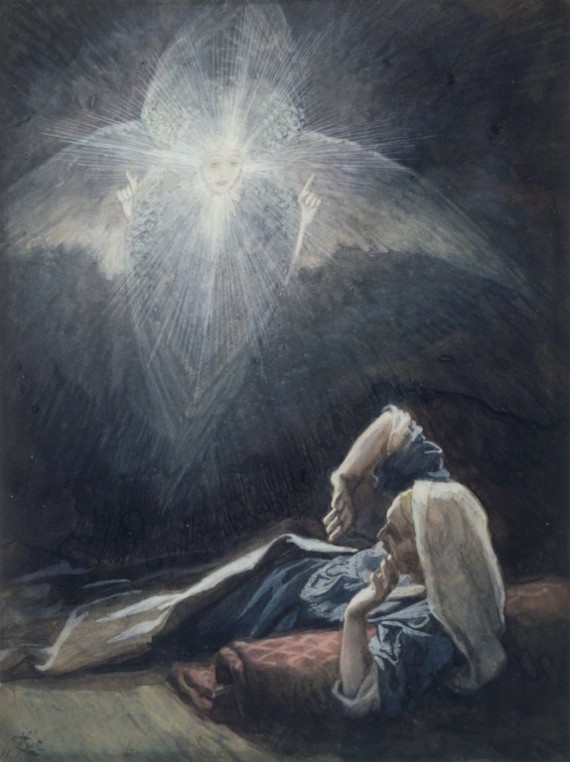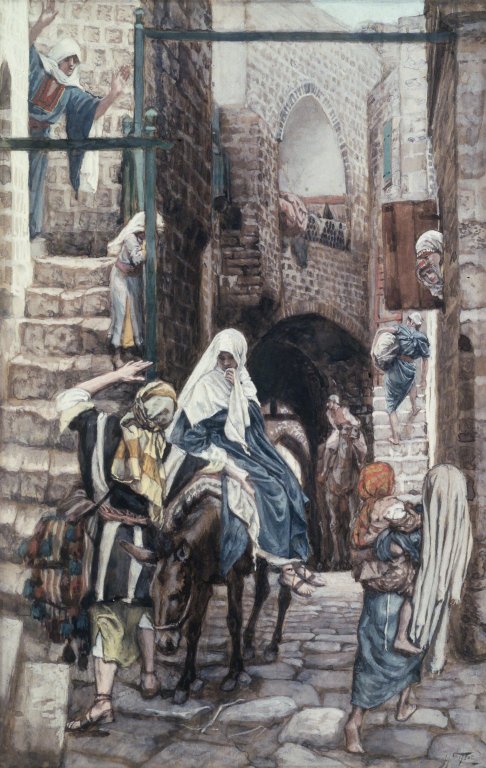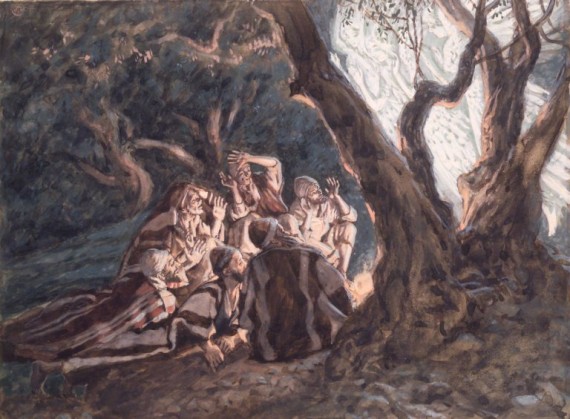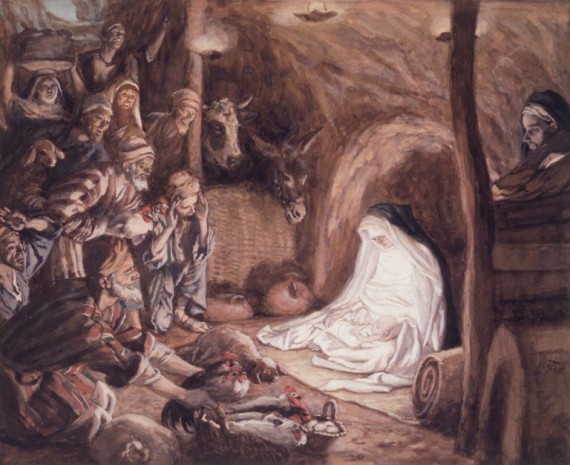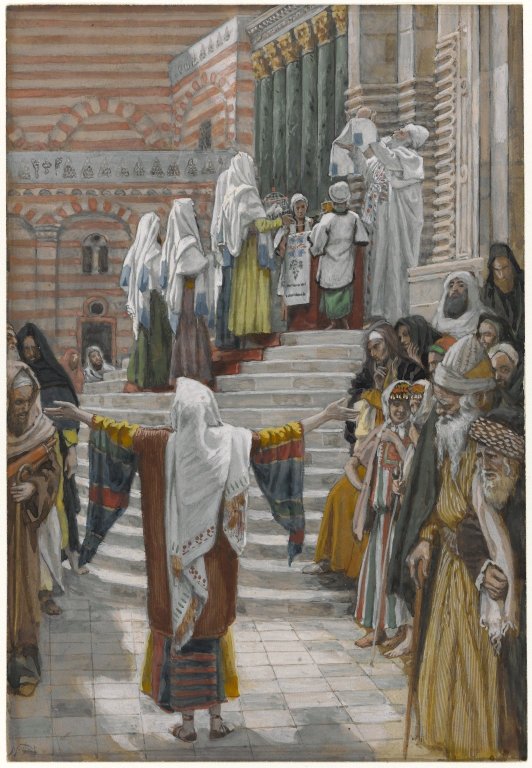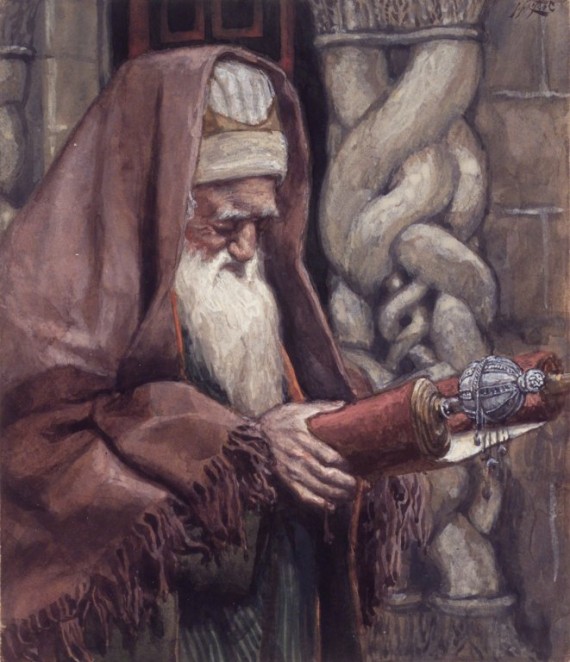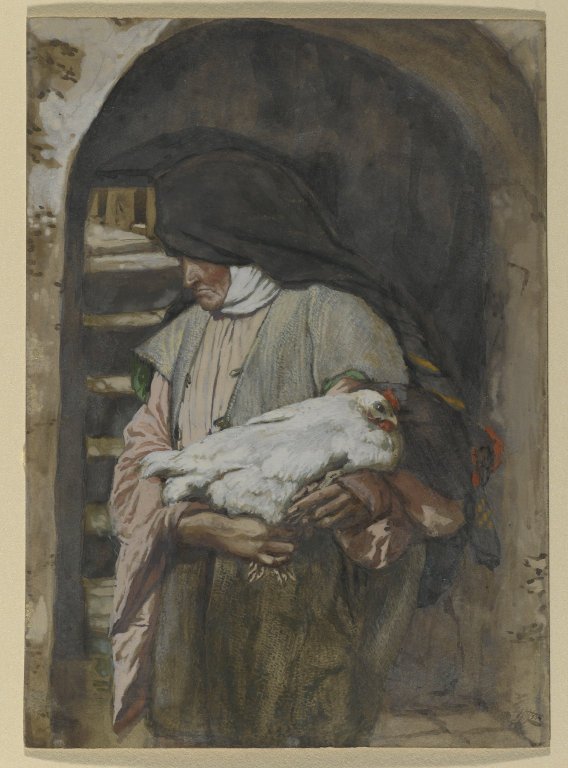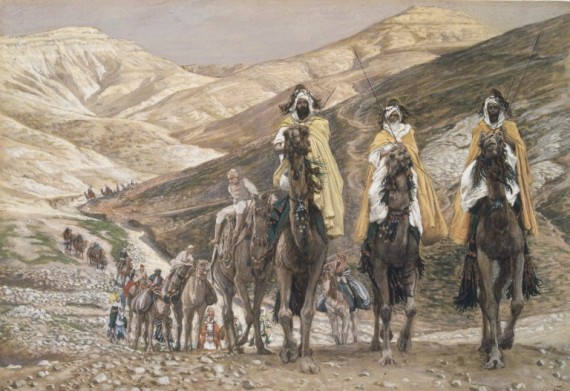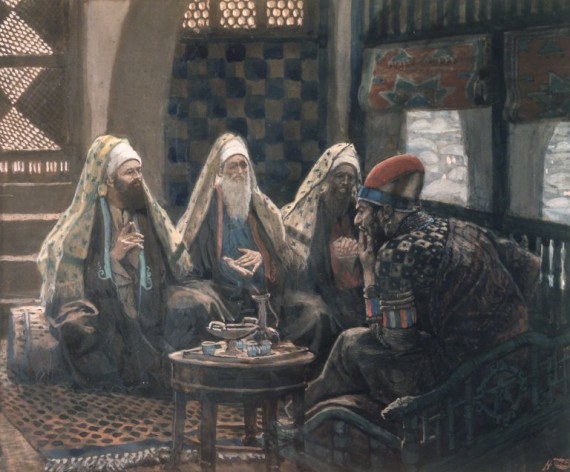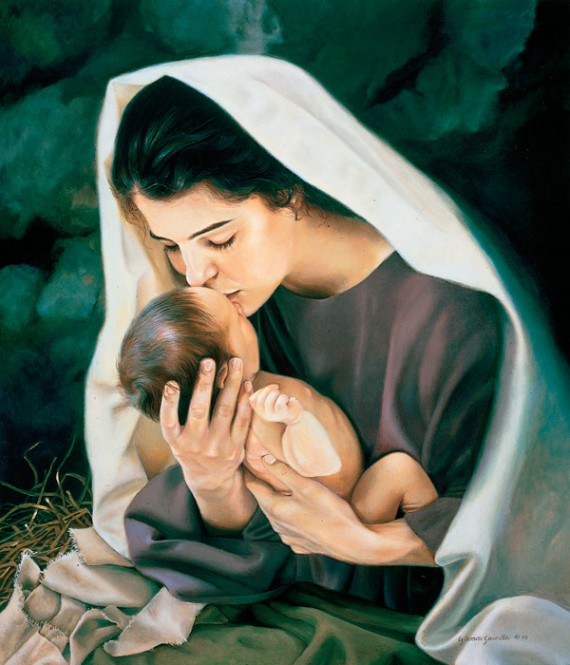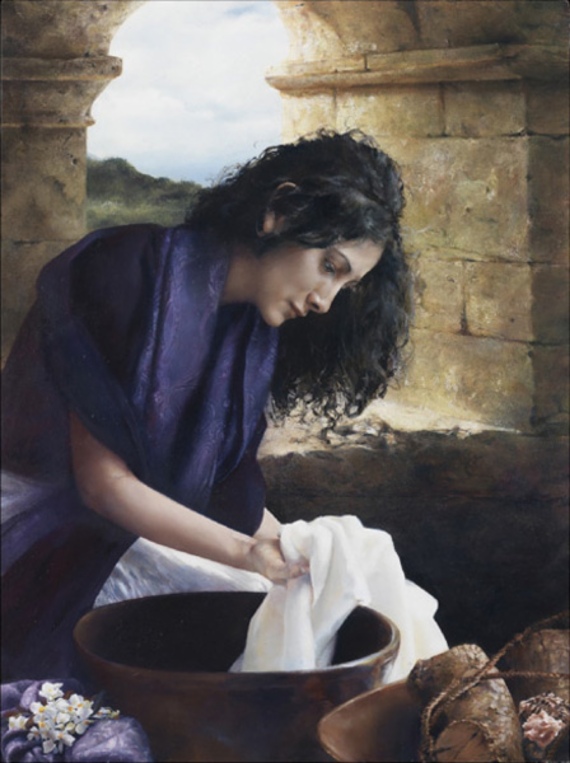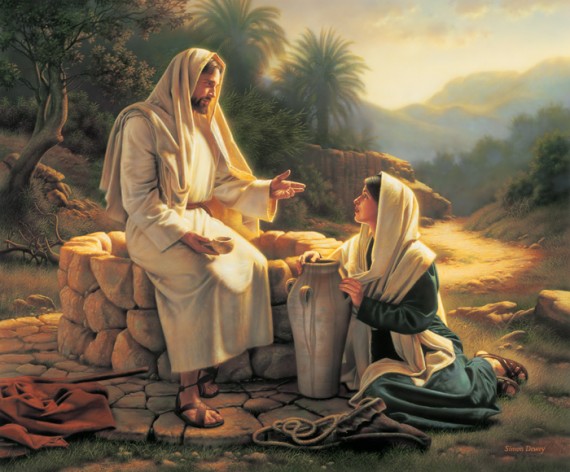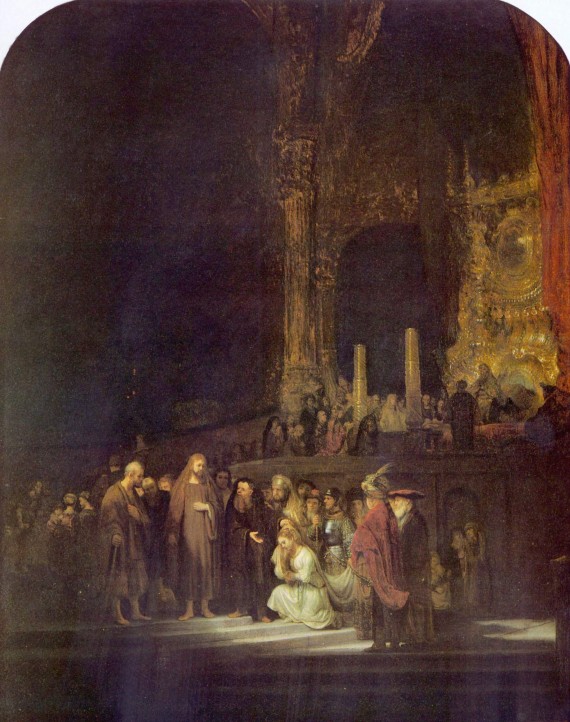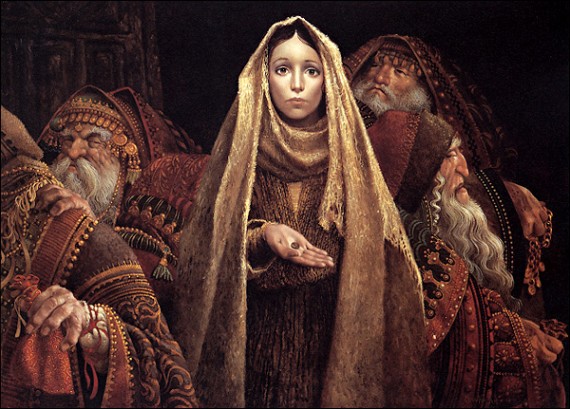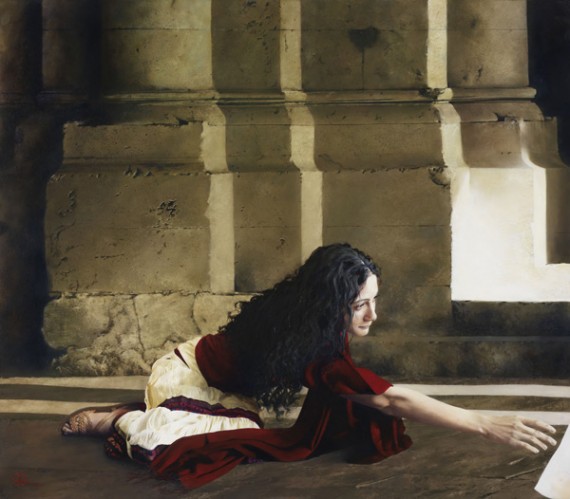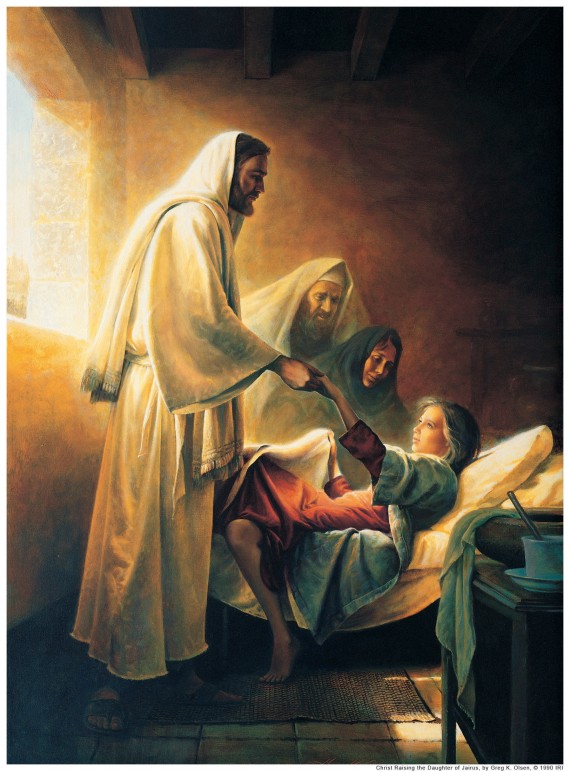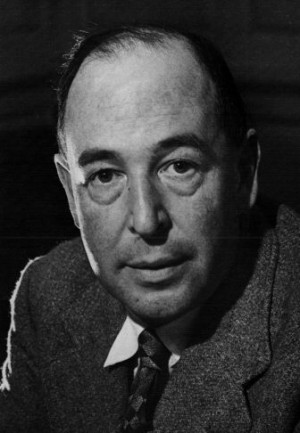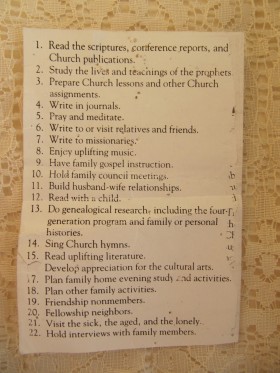 When Jill and I were raising our children we taught them that Sunday was the Sabbath Day, a day when our family refrains from recreation and focuses our attention on God.
When Jill and I were raising our children we taught them that Sunday was the Sabbath Day, a day when our family refrains from recreation and focuses our attention on God.
Well, that was the theory. In practice it must have seemed to the children to be a list of shalt nots stretching into the eternities.
For example, on a Sunday there was no shopping, no television, no video games, and no newspaper (parents were included). When we went on vacation, it was usually from early Monday to late Saturday.
Around twenty-five years ago a pamphlet published by the Church was distributed to families. Today I don’t recall anything about the pamphlet except that it had a list of could dos on one of its pages. I cut out the list, pinned it to the bulletin board, and implemented many of the suggestions.
No doubt my children appreciated the Church’s diligence.
- Read the scriptures, conference reports, and Church publications.
- Study the lives and teachings of the prophets.
- Prepare Church lessons and other Church assignments.
- Write in journals.
- Pray and meditate.
- Write to or visit relatives and friends.
- Write to missionaries.
- Enjoy uplifting music.
- Have family gospel instruction.
- Hold family council meetings.
- Build husband-wife relationships.
- Read with a child.
- Do genealogical research, including the four generation program and family or personal histories.
- Sing Church hymns.
- Read uplifting literature.
- Develop appreciation for the cultural arts.
- Plan family home evening study and activities.
- Plan other family activities.
- Friendship nonmembers.
- Fellowship neighbors.
- Visit the sick, the aged, and the lonely.
- Hold interviews with family members.
The list is still there on the bulletin board. I may add number 23: “Blog about the Gospel.”
Hat tip Chariots of Fire
 Gwen, who adopted the name Khadijah as a Muslim, is retired and lives in Portland, Oregon, devoting as much of her time as possible to volunteer work and writing youth and young adult Science Fiction. Gwen publishes on line, but wants to shift to self-publishing in her next book.
Gwen, who adopted the name Khadijah as a Muslim, is retired and lives in Portland, Oregon, devoting as much of her time as possible to volunteer work and writing youth and young adult Science Fiction. Gwen publishes on line, but wants to shift to self-publishing in her next book.
